![有机反应机理的书写艺术 [The Art of Writing Reasonable Organic Re-action Mechanisms (2nd Edition)]](https://pic.tinynews.org/10921189/5398fcc9Nbd14dfc3.jpg)

具体描述
产品特色
编辑推荐
适读人群 :学生和科研人员*经典的中级有机化学教程,一本基础化学教育界不可多得的好书。
内容简介
每一个满怀抱负的有机化学家都尝试写出合理的有机反应机理,然而市面上的有关机理正确书写的书籍却寥寥无几。《有机反应机理的书写艺术》将帮助学生和科研人员提高这一重要技能。《有机反应机理的书写艺术》的突出特点体现在:正确的书写形式,“常见错误提示”,配以大量的难度适宜的问题。其另一个特色是包含过渡金属参与或催化的反应章节。相对新的课题,例如,烯烃复分解反应、芳香环化反应等在本《有机反应机理的书写艺术》均有所涉及。全新修订的第2版精彩呈现:更新的反应机理,芳香性的讨论,酸性,立体化学的拓展,重新组织了自由基反应和金属参与或催化的反应等内容,增加了新的问题。
精彩书评
“这是一部优秀并完美表达的作品……作者……成功地将反应活性和选择性的核,小观点视为一个有机整体详尽表述 简洁的文风,精选的实例……每一章末对要点简明的概括,使得读者很容易巩固学到的知识……这本书不失为一个小小的艺术品。”——Jens Hartung ,Angewandte Chemie International Edition
“我使用该书教授学分课程已经三年时间了,学生们一致对本书的透彻叙述和书中试题的覆盖面给予高度赞誉……正如本书的宗旨:教会学生准确写出陌生的有机反应的机理”
——Amy Howell,Synthesis
目录
ContentsPreface to the Student v
Preface to the Instructor ix
1 The Basics 1
1.1 Structure and Stability of Organic Compounds 1
1.1.1 Conventions of Drawing Structures; Grossman's Rule 1
1.1.2 Lewis Structures; Resonance Structures 3
1.1.3 Molecular Shape; Hybridization 9
1.2 BrOnsted Acidity and Basicity 16
1.3 Kinetics and Thermodynamics 20
1.4 Getting Started in Drawing a Mechanism 22
1.5 Classes of Overall Transformations 25
1.6 Classes ofMechanisms 26
1.6.1 Polar Mechanisms 27
1.6.2 Free-Radical Mechanisms 38
1.6.3 Pericyclic Mechanisms 41
1.6.4 Transition-Metal-Catalyzed and Mediated -Mechanisms 42
2 Polar Reactions under Basic Conditions50
2.1 Substitution and Elimination at C(sp3)-Bonds, Part I 50
2.1.1 Substitution by the SN2 Mechanism 51
2.1.2 β-Elimination by the E2 and Elcb Mechanisms 53
2.1.3 Predicting Substitution vs Elimination 56
2.2 Addition of Nucleophiles to Electrophilic 7r Bonds 58
2.2.1 Addition to Carbonyl Compounds 58
2.2.2 Conjugate Addition; The Michael Reaction 67
2.3 Substitution at C(sp2)-X u Bonds 69
2.3.1 Substitution at Carbonyl C 69
2.3.2 Substitution at Alkenyl and Aryl C 74
2.3.3 Metallnsertion; Halogen-Metal Exchange 78
2.4 Substitution and Elimination at C(sp3)-X cr Bonds, Part II 80
2.4.1 Substitution by the SRNl Mechanism 80
2.4.2 Substitution by the Elimination-Addition Mechanism 81
2.4.3 Substitution by the One-Electron Transfer Mechanism 82
2.4.4 Metallnsertion; Halogen-Metal Exchange 83
2.4.5 α-Elimination; Generation and Reactions of Carbenes 84
2.5 Base-Promoted Rearrangements 87
2.5.1 Migration from C to C 88
2.5.2 Migration from C to O or N 90
2.5.3 Migration from B to C or O 91
2.6 Two Multistep Reactions 92
2.6.1 The Swern Oxidation 92
2.6.2 The Mitsunobu Reaction 94
3 Polar Reactions Under Acidic Conditions105
3.1.1 Carbocation Stability 106
3.1.2 Carbocation Generation; The Role of Protonation 109
3.1.3 Typical Reactions ofCarbocations; Rearrangements 112
3.2 Substitution and p-Elnuination Reactions at C(sp3)-X 117
3.2.1 Substitution by the SNl and SN2 Mechanisms 117
3.2.2 β-Elimination by the El Mechanism 120
3.2.3 Predicting Substitution vs Elimination 122
3.3 Electrophilic Addition to Nucleophilic C=C 7r Bonds 122
3.4 Substitution at Nucleophilic C=C 7r Bonds 125
3.4.1 Electrophilic Aromatic Substitution 125
3.4.2 Aromatic Substitution of Anilines via Diazonium Salts 129
3.4.3 Electrophilic Aliphatic Substitution 131
3.5 Nucleophilic Addition to and Substitution at Electrophilic π Boods 132
3.5.1 Heteroatom Nucleophiles 132
3.5.2 Carbon Nucleophiles 136
4 Pericyclic Reactions 148
4.1.1 Classes ofPericyclic Reactions 148
4.2 Electrocyclic Reactions 156
4.2.1 Typical Reactions 156
4.2.2 Stereospecificity 163
4.2.3 Stereoselectivity 168
4.3 Cycloadditions 170
4.3.1 Typical Reactions 170
4.3.2 Regioselectivity 183
4.3.3 Stereospecificity 184
4.3.4 Stereoselectivity 191
4.4 Sigmatropic Rearrangements 195
4.4.1 TypicalReactions 195
4.4.2 Stereospecificity 201
4.4.3 Stereoselectivity 206
4.5 Ene Reactions 210
5 Free-Radical Reactions 224
5.1.1 Stability 224
5.1.2 Generation from Closed-Shell Species 227
5.1.3 Typical Reactions 232
5.1.4 Chain vs Nonchain Mechanisms 238
5.2 Chain Free-Radical Reactions 239
5.2.1 Substitution Reactions 239
5.2.2 Addition and Fragmentation Reactions 244
5.3 Nonchain Free-Radical Reactions 252
5.3.1 Photochemical Reactions 252
5.3.2 Reductions and Oxidations with Metals 254
5.3.3 Cycloaromatizations 261
5.4 Miscellaneous Radical Reactions 261
5.4.1 1,2-Anionic Rearrangements; Lone-Pairlnversion 261
5.4.2 Triplet Carbenes and Nitrenes 262
6 Transition-Metal-Mediated and -Catalyzed Reactions 270
6.1 Introduction to the Chemistry of Transition Metals 270
6.1.1 Conventions of Drawing Structures 270
6.1.2 Counting Electrons 271
6.1.3 Typical Reactions 276
6.1.4 Stoichiometric vs Catalytic Mechanisms 282
6.2 Addition Reactions 283
6.2.1 Late-Metal-Catalyzed Hydrogenation and Hydrometallation (Pd, Pt, Rh) 283
6.2.2 Hydroformylation (Co, Rh) 286
6.2.3 Hydrozirconation (Zr) 287
6.2.4 Alkene Polymerization (Ti, Zr, Sc, and others) 288
6.2.5 Cyclopropanation, Epoxidation, and Aziridination of Alkenes (Cu, Rh, Mn, Ti) 290
6.2.6 Dihydroxylation and Aminohydroxylation of Alkenes(Os) 292
6.2.7 Nucleophilic Addition to Alkenes and Alkynes (Hg,Pd) 294
6.2.8 Conjugate Addition Reactions (Cu) 297
6.2.9 Reductive Coupling Reactions (Ti, Zr) 297
6.2.10 Pauson-Khand Reaction (Co) 301
6.2.12 Metal-Catalyzed Cycloaddition and Cyclotrimerization (Co, Ni, Rh) 306
6.3 Substitution Reactions 309
6.3.1 Hydrogenolysis (Pd) 309
6.3.2 Carbonylation of Alkyl Halides (Pd, Rh) 311
6.3.4 Coupling Reactions Between Nucleophiles and C(sp2)-X:
前言/序言
用户评价
我对于这本书的期望,主要集中在其对“合理性”的深入探讨。在我的认知里,一个“合理”的有机反应机理,不仅仅是化学键的断裂和形成,更需要符合热力学规律、动力学限制,以及空间位阻等实际因素。而“书写”的过程,则是将这些复杂的考量用清晰的图示和文字表达出来。我非常好奇,作者将如何定义和阐释“合理性”?是会引入能量学图谱、过渡态理论,还是会着重于电子离域效应、杂化轨道理论等概念的灵活运用?这本书的书名“The Art of Writing Reasonable Organic Re-action Mechanisms”本身就极具吸引力,它暗示着作者并非仅仅传授技巧,而是希望读者能够领悟其中的精髓,如同艺术家一般,用精炼的笔触描绘出反应的真相。我希望能从中学习到如何避免那些看似合理但实际存在问题的机理描述,如何用更具说服力的方式来解释反应的发生,以及如何通过对机理的深入理解,来指导合成路线的设计和优化。我对书中可能包含的关于反应选择性的讨论也充满期待。
评分“有机反应机理的书写艺术”——这个书名本身就充满了吸引力,让我对接下来的内容充满了好奇。在我看来,有机反应机理的学习,并非仅仅是理解分子是如何转化的,更在于如何将这种理解以一种清晰、逻辑严谨且易于理解的方式表达出来。书名中的“艺术”二字,让我联想到这可能是一本不仅仅教授“怎么做”,更侧重于“为何如此”的书。我猜测作者会深入探讨如何让机理的阐述更加“合理”,也就是如何使之符合能量学、动力学以及化学基本原理。我希望书中能够提供一些系统性的方法和技巧,帮助我构建出更准确、更具说服力的机理图,并且能够理解在不同的反应条件下,机理可能发生的微妙变化。对于那些我曾经遇到的、或者书本上模糊处理的反应,我期待这本书能够提供一个清晰的解释框架,让我能够自己去推断和理解。我非常看重其“书写”的层面,这暗示着这本书会关注如何将复杂的化学过程可视化,并用清晰的语言进行描述,从而加深理解和记忆。
评分初次翻阅这本书,我就被其深邃的学术底蕴和独特的视角所吸引。尽管我还未深入研究其具体内容,但从目录和作者的引言中,我已能感受到一股严谨而又富有启发性的学术之风。作者对于“机理书写”这一核心概念的强调,似乎预示着这本书不仅仅是在讲解反应过程,更是在传授一种思考和表达有机化学本质的方法论。我对于“合理性”(Reasonable)一词的解读产生了浓厚的兴趣,这是否意味着书中会提供一套评估机理合理性的标准和原则?或者,它会带领我们探索有机反应背后隐藏的能量学、动力学以及立体化学的制约?我非常期待能从中学习到如何更清晰、更准确地阐述复杂的反应路径,如何将抽象的分子重排过程具象化,以及如何运用前沿的计算化学工具来辅助机理的推断。这本书的书名本身就充满了艺术气息,这让我联想到,或许作者会将机理书写的过程提升到一个需要创造力和逻辑推理并重的层面,就像画家构思画作一样,需要对每一个笔触(电子转移)都深思熟虑,最终呈现出一幅逻辑严谨、画面生动的反应全景图。我对书中可能包含的案例分析也充满期待,希望能够看到作者如何将理论应用于实际,通过丰富的实例来印证其“艺术”的理念。
评分这本书的标题“有机反应机理的书写艺术”立刻抓住了我的注意力。我一直觉得,理解有机反应机理的过程,本身就是一种科学与艺术的融合。当我们在纸上或屏幕上描绘出电子的流向,分子结构的转化时,我们不仅仅是在记录事实,更是在进行一种抽象的、逻辑严谨的“创作”。“艺术”一词,在我看来,并非指代华丽的辞藻或浮夸的技巧,而是强调一种对细节的极致追求,对逻辑的清晰把握,以及对整个过程的深刻洞察。我希望这本书能够引导我如何更清晰、更具说服力地呈现机理,如何运用恰当的符号和图示来表达复杂的电子转移和原子重排,以及如何理解不同反应条件下机理的细微差异。更重要的是,我期待它能帮助我培养一种“合理性”的思维,学会辨别和构建那些真正符合有机化学规律的反应路径。对于那些我曾经感到困惑的反应,我希望这本书能提供一把钥匙,让我能够洞察其背后的逻辑,并以艺术化的方式将其呈现出来。
评分这本书的装帧设计便透露出一种沉静而厚重的学术气质。封面上“机理书写”的艺术化表述,以及“第二版”的字样,都暗示着这是一部经过时间和实践检验的经典之作。在我看来,有机反应机理的学习,是理解有机化学的基石,而“书写”的过程,更是将这种理解外化、固化,并与他人沟通的关键。我一直在思考,如何才能突破死记硬背的模式,真正理解反应的驱动力,以及电子在反应过程中是如何一步步“迁徙”的。这本书的书名,特别是“艺术”二字,让我猜测作者或许会从一个全新的维度来解读这个过程,不再局限于枯燥的符号和箭头,而是将机理的阐述上升到一种逻辑自洽、视觉清晰、甚至带有某种美感的表达。我希望书中能够提供一套系统性的方法论,帮助我构建出更加精妙的机理图,并且能够理解不同条件下机理的微妙变化。对于那些看似“不可思议”的反应,我期待这本书能够揭示其背后隐藏的“道理”和“逻辑”,让我在面对复杂有机合成问题时,能够更加游刃有余,而不是束手无策。
评分,,,,,
评分还不错,就是感觉有点脏。其他都还好,物流超级快。快递小哥点赞。
评分一般
评分非常棒的一本书,收获远超过预想。很开心!!!
评分书籍没有磕到,很完好
评分书印的挺清楚,比想象的质量好,不掉渣。价钱也很优惠
评分正版图书,专业、全面
评分原版书,好用不贵,案头书必备!
评分质量相当不错
相关图书
本站所有内容均为互联网搜索引擎提供的公开搜索信息,本站不存储任何数据与内容,任何内容与数据均与本站无关,如有需要请联系相关搜索引擎包括但不限于百度,google,bing,sogou 等
© 2026 book.tinynews.org All Rights Reserved. 静思书屋 版权所有


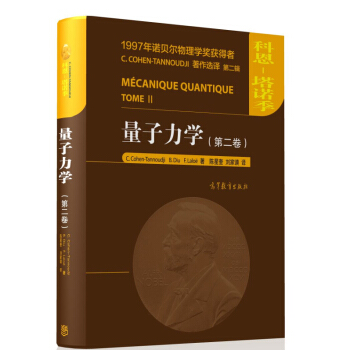
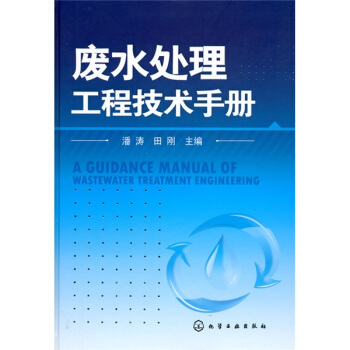
![量子电动力学讲义 [Quantum Electrodnamics] pdf epub mobi 电子书 下载](https://pic.tinynews.org/11236842/5642d940Nfbcc1d8e.jpg)

![有机合成:切断法(原书第2版) [Organic Synthesis:The Disconnection Approach] pdf epub mobi 电子书 下载](https://pic.tinynews.org/10475310/1c970395-cd82-4650-b3ec-1f8a28c69046.jpg)
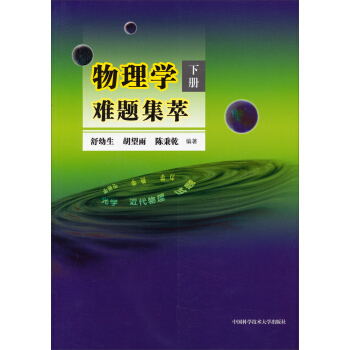
![国外优秀化学教学用书:Atkins物理化学(第7版)(影印版) [Atkins Physical Chemistry(Seventh Edition)] pdf epub mobi 电子书 下载](https://pic.tinynews.org/10002637/56836548N0706cf80.jpg)
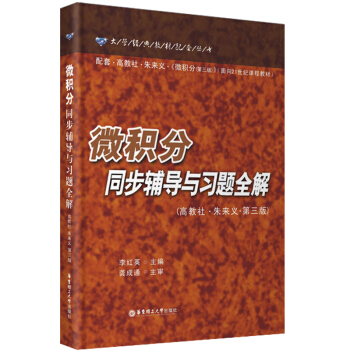
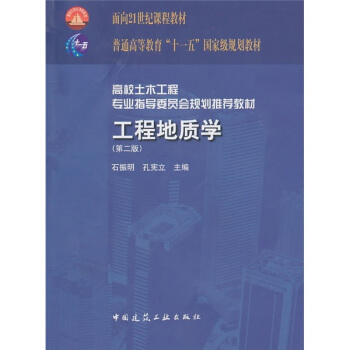
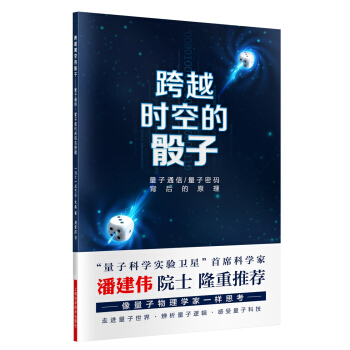
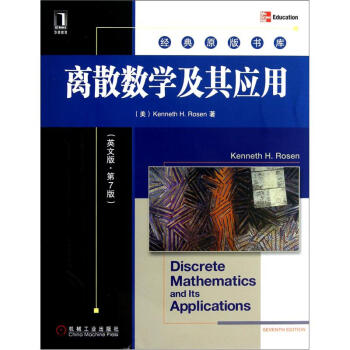

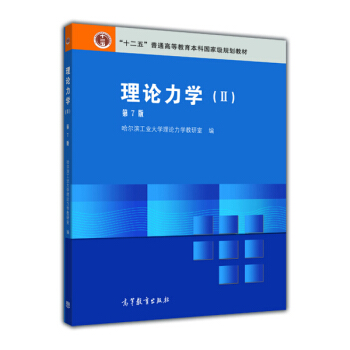
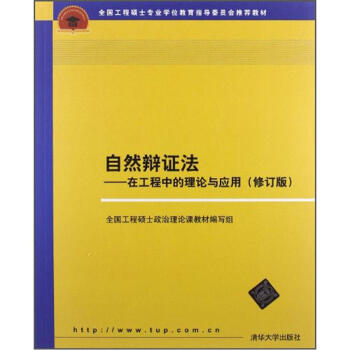
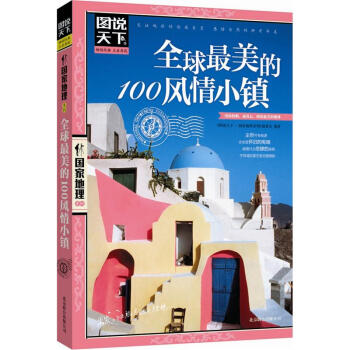
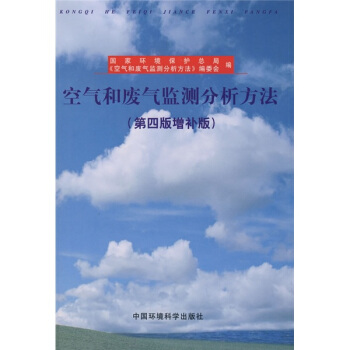
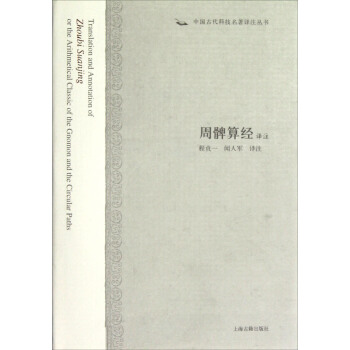
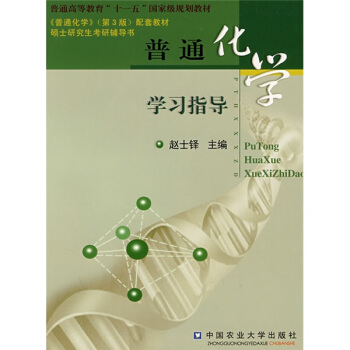
![实分析(英文) [Real Analysis] pdf epub mobi 电子书 下载](https://pic.tinynews.org/11142973/rBEHaVDK7f8IAAAAAADViFV1h6gAADRNgHF3LQAANWg521.jpg)